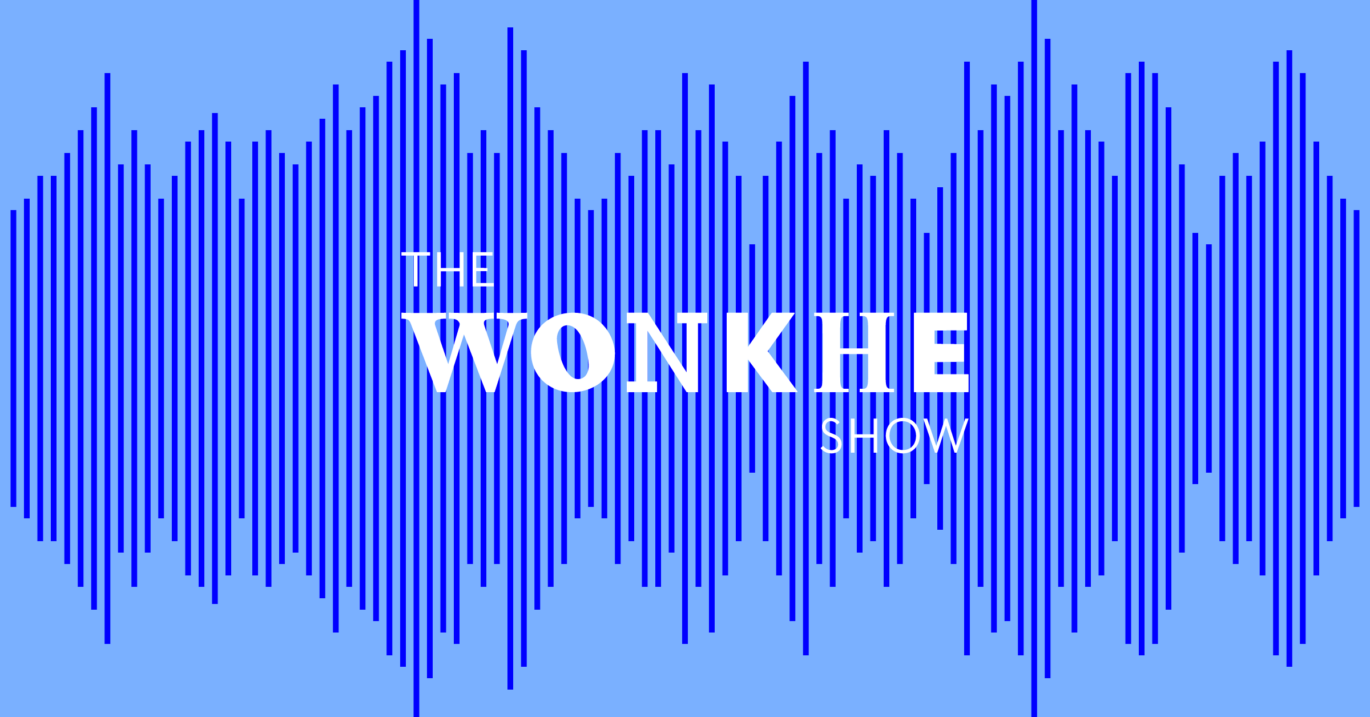I vividly recall the confusion among my classmates when the first assessment grades were released during our master’s course at a leading UK university.
Many had invested weeks in research and writing, feeling confident in their understanding of the subject. However, despite their efforts, many essays received unexpectedly low grades, and feedback highlighted a lack of critical engagement, analytical depth, and structured argumentation – elements essential at the postgraduate level.
My cohort was comprised mainly of international students. Many students for whom English was not a first language struggled to articulate their arguments clearly, ultimately impacting the overall coherence of their work.
During our feedback discussions, it became evident that the core issue was not a lack of subject knowledge but rather a misunderstanding of the academic conventions governing the structure and articulation of ideas.
The challenges presented by unfamiliar practices, such as citation and referencing, only compounded these difficulties.
Over time, I heard similar struggles from students of various backgrounds, revealing a recurring theme. Whether I was a student, class representative, tutor, or researcher, I observed that students faced fewer challenges in mastering course content and more challenges in expressing their knowledge through unfamiliar formats, such as essay-based assessments. This realisation left a lasting impression on me.
Emotional and psychological impact
For many students, adjusting to such systems is not merely an academic challenge but also an emotional and psychological one. High-achieving students from their home countries often experience the shock of receiving unexpectedly low grades on their initial assignments. This can lead them to question their abilities and sense of self-worth.
Some, overwhelmed by the high stakes of postgraduate education – especially those managing financial burdens or caring for dependents – find themselves under immense pressure. In extreme cases, I’ve witnessed students spiral into distress, with one even contemplating suicide after failing a dissertation. Such stories are a grim reminder that failure can feel unbearable for someone accustomed to excelling.
This intense pressure, stemming from rigid assessment structures, can sometimes lead students to engage in academic misconduct and unethical solutions, such as plagiarism and using essay mills.
Every assignment feels like a make-or-break moment for those juggling the demands of visas, funding, and future careers, further amplifying the emotional toll of education.
These experiences have convinced me that while essays remain valuable tools for assessing reasoning and critical analysis, they should not be the sole measure of deep learning. Modern assessment structures must evolve to reflect the diversity of student cohorts, embracing various learning styles and backgrounds while upholding academic standards.
Inclusive assessment practices promote fair evaluation of academic knowledge while prioritising student well-being.
Broadening the lens – multimodal assessments
Assessment should not just measure learning – it should facilitate and inspire it. Single-format, high-stakes assessments can disproportionately disadvantage students facing personal challenges, time constraints, or unfamiliarity with academic norms.
Research consistently shows that students prefer assessments offering flexibility and choice, allowing them to tailor tasks to their strengths and interests.
Concerns about compromising academic rigour often accompany discussions of diversifying assessments. However, as David Carless emphasises, rigour is not tied to format – it lies in the expectations and standards underpinning any method.
Multimodal assignments allow students to express their knowledge in diverse ways, such as presentations, reflective journals, or case studies, while fostering essential skills like multimodal literacy.
In today’s interconnected and media-rich world, these formats prepare students to navigate and engage with complex communication demands.
Aligning assessments with real-world demands
Richard Wakeford highlights that an effective assessment must align with course objectives while capturing a meaningful combination of students’ abilities, skills, achievements, and potential. Beyond measuring academic progress, assessment should also provide insight into future performance. Yet, traditional essay-based methods fall somewhat short of developing the practical competencies required in today’s job market beyond academia.
Students value assessments that reflect real-world professional tasks, as highlighted in a study by David Carless, reinforcing their importance beyond the classroom.
Many careers demand skills such as report writing, public speaking, and problem-solving – competencies that theoretical essays only partially address. Assessment practices should move beyond rigid academic standards and embrace authentic assessment methods incorporating applied learning to better equip students for professional environments.
Diverse assessment methods and technologies are now available to facilitate this transition. Digital tools enhance exam delivery, streamline feedback, and improve the overall assessment process.
By incorporating multimodal assessments – such as policy briefs, research portfolios, infographics, case studies, and presentations – educators can not only evaluate students’ academic knowledge but also cultivate essential workplace skills.
Standardised rubrics can ensure fairness and consistency across different formats. Ultimately, the aim is to assess the depth of analysis, evidence-based reasoning, and clarity of argumentation.
Your evaluation, your choice
Offering students flexibility and choices in assessments fosters autonomy, which in turn boosts engagement and promotes deeper learning. When students are allowed to choose tasks and formats that resonate with their interests and strengths, they become more motivated, perform at higher levels, and show greater persistence in their efforts.
An example from one of my modules illustrates this well. Offering students the choice to submit either an essay or a presentation for the innovation in education assignment was warmly received, as it allowed them to showcase their expertise in different contexts and disciplines through written analysis, audio-video or verbal presentation.
Similarly, integrating oral components like brief viva or follow-up discussions alongside written submissions could enable students to express their key arguments verbally, bridging the gap between their knowledge and their ability to convey it in academic writing. Such recorded sessions could ensure that students’ intended messages align with instructors’ understanding by mitigating language barriers while upholding academic integrity.
Nevertheless, it’s essential to recognise that expanding assessment methods involves several practical considerations, including time, faculty workload, and institutional constraints. JS Curwood points out a common concern among educators – existing rubrics may not be suitable for evaluating innovative assessment formats, and there can be inconsistencies in grading among different instructors.
To address these issues without overburdening staff or resources, targeted reforms – such as updated rubrics, moderation, staged submissions, and brief sustainable feedback – can be implemented. Such small adjustments can help students navigate potential setbacks by engaging more meaningfully with feedback and developing resilience – elements integral to the learning process.
Hidden curriculum and transparent expectations
For many students, especially those from diverse educational systems, academic writing in Western institutions introduces a “hidden curriculum” that is often unspoken. In regions like South Asia, East Africa, and parts of the Middle East, assessments typically focus on knowledge recall and adherence to textbooks.
Deviation from prescribed content is often penalised. In contrast, UK institutions prioritise originality, critical synthesis, and independent argumentation—expectations that are not always clearly communicated to students initially.
A study conducted by LSE’s Change Makers program (2022) revealed that many international students struggle not due to lack of knowledge but because they are unfamiliar with the nuanced expectations of UK academic writing. The same report indicated that students often misinterpret feedback, further exacerbating their frustration.
Research by David Carless emphasises the importance of transparent assessment processes. While rubrics can clarify expectations, students frequently find them abstract and challenging to interpret. Many are confused by vague feedback phrases such as “lacks critical analysis” or “needs better synthesis.” Perceptions of assessment tasks—shaped by previous learning experiences – can also significantly influence how students respond to these tasks. Therefore, ensuring transparency and clarity in the design of assessments and feedback is crucial.
One effective strategy is using annotated exemplars – high-quality student work paired with commentary explaining key attributes. After my cohort requested such resources in one of our modules, the instructor provided a selection of exemplars to showcase various approaches to academic writing and argument development.
These insights into different structures and styles proved invaluable in clarifying the expectations for essays. Research supports this approach, showing that students find exemplars helpful, particularly in studies focused on classroom discussions of exemplars and the role of exemplars as formative assessments.
However, it’s important to approach the use of exemplars with care. Some educators worry that they may stifle creativity if students focus too heavily on imitation rather than innovation. To address this concern, guided discussions can help unpack the elements of quality work while encouraging originality. When combined with structured academic writing workshops, these strategies can equip students to confidently navigate academic expectations.
Balancing tradition with innovation
The future of higher education rests on our ability to integrate traditional practices with innovative approaches in assessment. This evolution transcends mere changes in grading, reflecting a broader commitment to cultivating an inclusive academic environment that values diverse pathways to success. By incorporating multimodal strategies, we not only strengthen the rigour of our assessments but also enhance their applicability to real-world challenges.
This shift underscores the need for education to move beyond the confines of theoretical knowledge and numerical grades. Instead, it should focus on developing graduates who are adaptable, reflective, and equipped with the practical skills necessary to navigate the complexities of life beyond academia. In doing so, assessment practices transform from simple measures of performance into tools that inspire and empower well-rounded individuals capable of leading and innovating in a dynamic world.













Thank you for this article – it summarises the main issues effectively. The hidden curriculum and transparent expectations are areas that should be more prominent in discussions around assessment strategy and design. The article mentions faculty workload as a consideration – student cohort size is a further variable that impacts on innovation. Restrictions due to Professional, Statutory and Regulatory Bodies (PSRBs) is another example.
Although I would avoid using ‘learning styles’ as an argument for flexible assessment, as there is no convincing evidence regarding learning styles.
Thank you for your insightful comment. I agree that the learning styles theory lacks strong evidence. My intention was to highlight the value of flexible assessment by recognising that learners express their understanding in different ways, just as they engage with learning differently :).
What a well-written article on such a critical topic. Shifting towards a more individualized, adaptable, and multicultural-friendly approach to higher education is, I believe, critical to the educational quality of our university programmes (and the success of our students), and this article does a fantastic job of putting forth that idea as well as what can actually be done to implement it. Thank you for writing it.
I particularly enjoyed the sentence ‘Assessment should not just measure learning – it should facilitate and inspire it.’ which is so often missing in our assessment practices.
Thank you all for your kind words, thoughtful reflections, and generous feedback. I am deeply grateful for the time you took to read my article and for your encouraging responses.